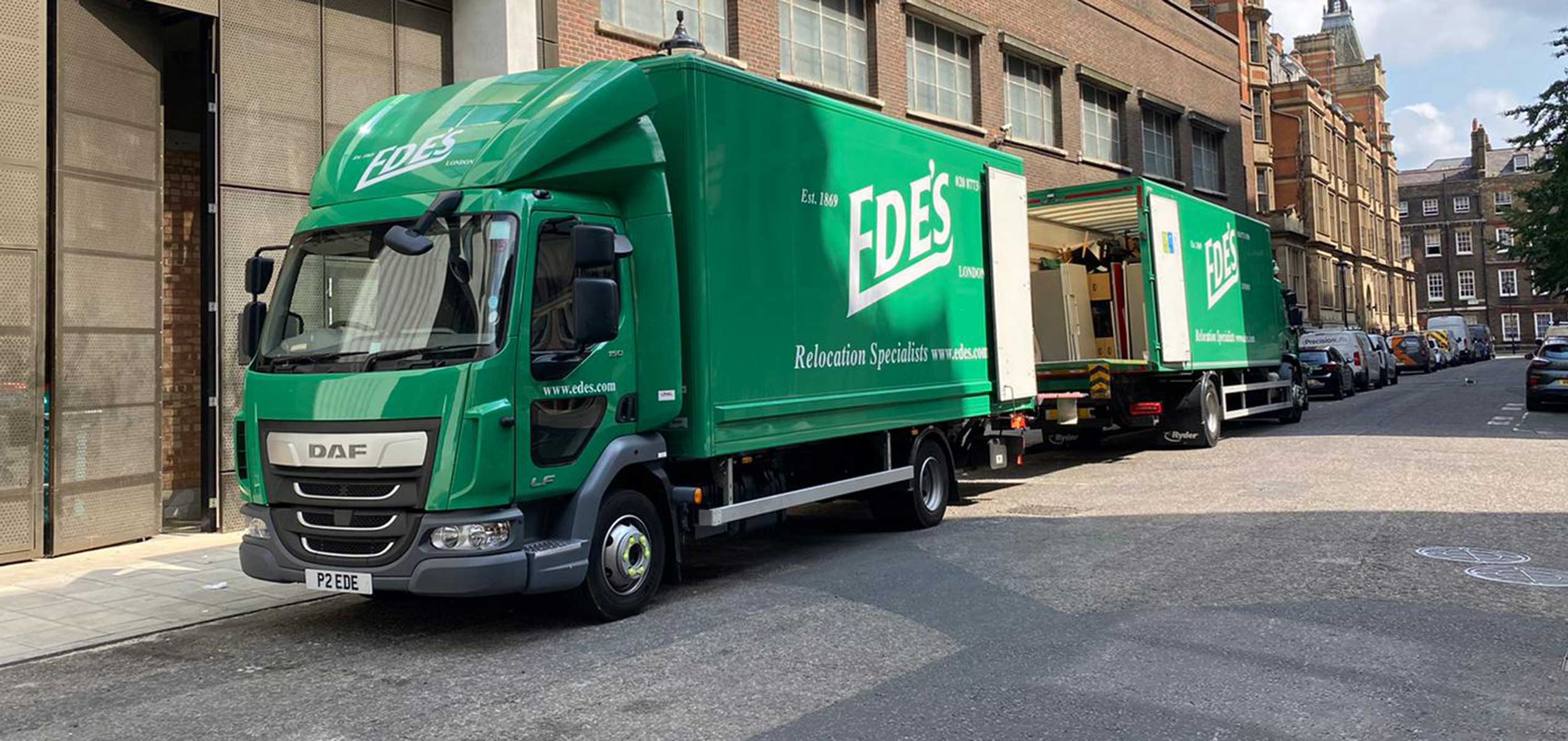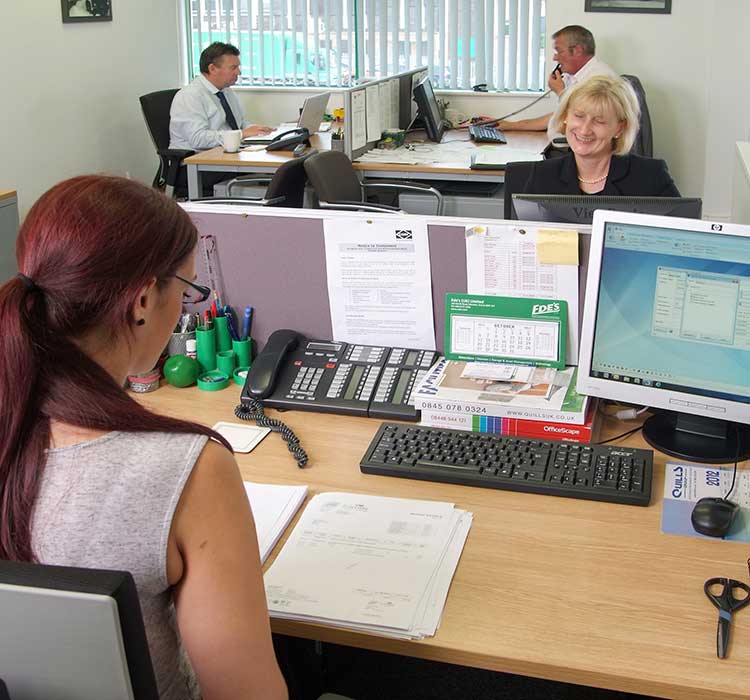The location of a business is an essential factor that can determine the success or failure of the enterprise. A business’s location can impact its revenue, customer base, and employee productivity. When a business moves to a new location, it can face many challenges, but it can be a smooth transition with the right preparation.
There are several reasons why a business may need to move. These can include a need for more space, a change in demographics, a desire to be closer to suppliers or customers, or a need to reduce costs. When a business decides to move, planning ahead is essential to ensure the transition is as smooth as possible. Unfortunately, many businesses fail at this for various reasons, such as lack of resources, poor planning, or underestimating the time and effort required for the move.
To help you relocate your business, here are some tips
#1 – Schedule Your Move Early
Planning ahead is crucial when it comes to moving your business. The earlier you start planning, the smoother the transition will be. You should start planning your move at least 6 months in advance. This will give you enough time to find the right location, negotiate a lease or purchase agreement, and make all the necessary arrangements for the move.
When you schedule your office move early, you can avoid the rush and stress of last-minute decisions. You’ll have more time to research potential locations, compare prices, and find the best deals on moving services.
#2 – Notify All Employees
You must keep all employees in the loop regarding your business relocation. Ensure to notify them as soon as possible, and provide them with all the necessary details regarding the move. This includes the new location, the move date, and any changes to their work schedule or job responsibilities.
You should also encourage your employees to ask any questions they may have and provide them with resources and support to help them transition smoothly. This could include offering relocation assistance or information on local amenities and services in the new location.
#3 – Hire a Professional Moving Company
When relocating your business, working with a professional moving company is important. They have the expertise and equipment to safely and efficiently move your office
equipment, furniture, and other assets. They can also provide specialised services such as packing, loading, and unloading and can help you minimise downtime during the move.
When choosing a moving company, research your options and read reviews from other businesses. Look for a company with experience with commercial moves and offering comprehensive insurance coverage and transparent pricing.
#4 – Create a Moving Committee
Creating a moving committee can help ensure that all aspects of the relocation process are organised and executed smoothly. The committee should include representatives from different departments in the company, such as IT, facilities management, and HR.
The committee can be responsible for tasks such as creating a timeline, coordinating with the moving company, packing and labelling items, and communicating with employees about the move. They can also help identify potential issues or challenges during the move and develop contingency plans to address them.
#5 – Create a Layout for the New Office
Creating a layout for the new office is an important step in the relocation process. It helps ensure that the new space is utilised efficiently and that employees have a comfortable and functional work environment.
The layout should consider factors such as the number of employees, the type of work being done, and any specific needs or requirements of different departments. It should also consider the location of amenities such as bathrooms, break rooms, and storage areas.
The layout should be shared with employees before the move so they can prepare for their new workspaces and provide feedback if necessary. It should also be flexible enough to accommodate any changes or adjustments that may need to be made during or after the move.
#6 – Contact and Notify All Leasing Companies
If you lease your office equipment, contact and notify all leasing companies of your move. This includes any leased furniture, computers, printers, or other equipment, and provide them with your new address and contact information.
Checking your leasing agreements for specific requirements or restrictions on moving equipment is also important. Some leasing companies may require you to use a specific moving company or charge fees for moving equipment to a new location. Notifying leasing
companies in advance can ensure a smooth transition and avoid potential delays or complications with your leased equipment.
#7 – Pack All Essential Items
Before you start packing up your office, identify all essential items you will need during the move. This includes important documents, office supplies, and necessary equipment.
Pack these items separately and label them clearly so you can easily access them when you arrive at your new location. This will help you avoid any delays or disruptions to your work during the moving process.
It’s also good to back up all important digital files and data to ensure you don’t lose any important information during the move. This can be done using cloud storage or external hard drives.
#8 – Throw Away Everything Unnecessary
As you begin to pack up your office, it’s important to take the time to declutter and eliminate anything that is no longer necessary. This includes old documents, files, and equipment you no longer need.
Throwing away unnecessary items can help you save time and space during the move and make it easier to organise and unpack at your new location. On the other hand, consider recycling or donating items in good condition but no longer necessary for your business to help reduce waste and benefit others who can use them.
#9 – Create an Inventory
On moving day, losing track of items and boxes can be easy, especially if you have much to move. To avoid this, create an inventory of all the items you are moving, including their condition, location, and any special instructions for handling. This will help you keep track of everything during the move and make it easier to unpack and set up your new office. You can use a spreadsheet or a dedicated inventory app to keep track of everything and clearly label all boxes and items with their contents and destination.
Conclusion
Moving your business can be daunting, especially if you have never done it before and work with many people. However, the tips outlined above are excellent starting points, especially if you plan and prepare well in advance. With these tips, you can move your business without major hiccups.
If you’re looking for office removal companies, Ede’s can help you! Our professional movers can help you move to your new office, and we also offer other services, such as furniture recycling and storage solutions for a smooth move. Call us today at 020 8773 6700 to get a quote!
Ede’s specialise in moving businesses including shops, warehouses, and office moves.

















